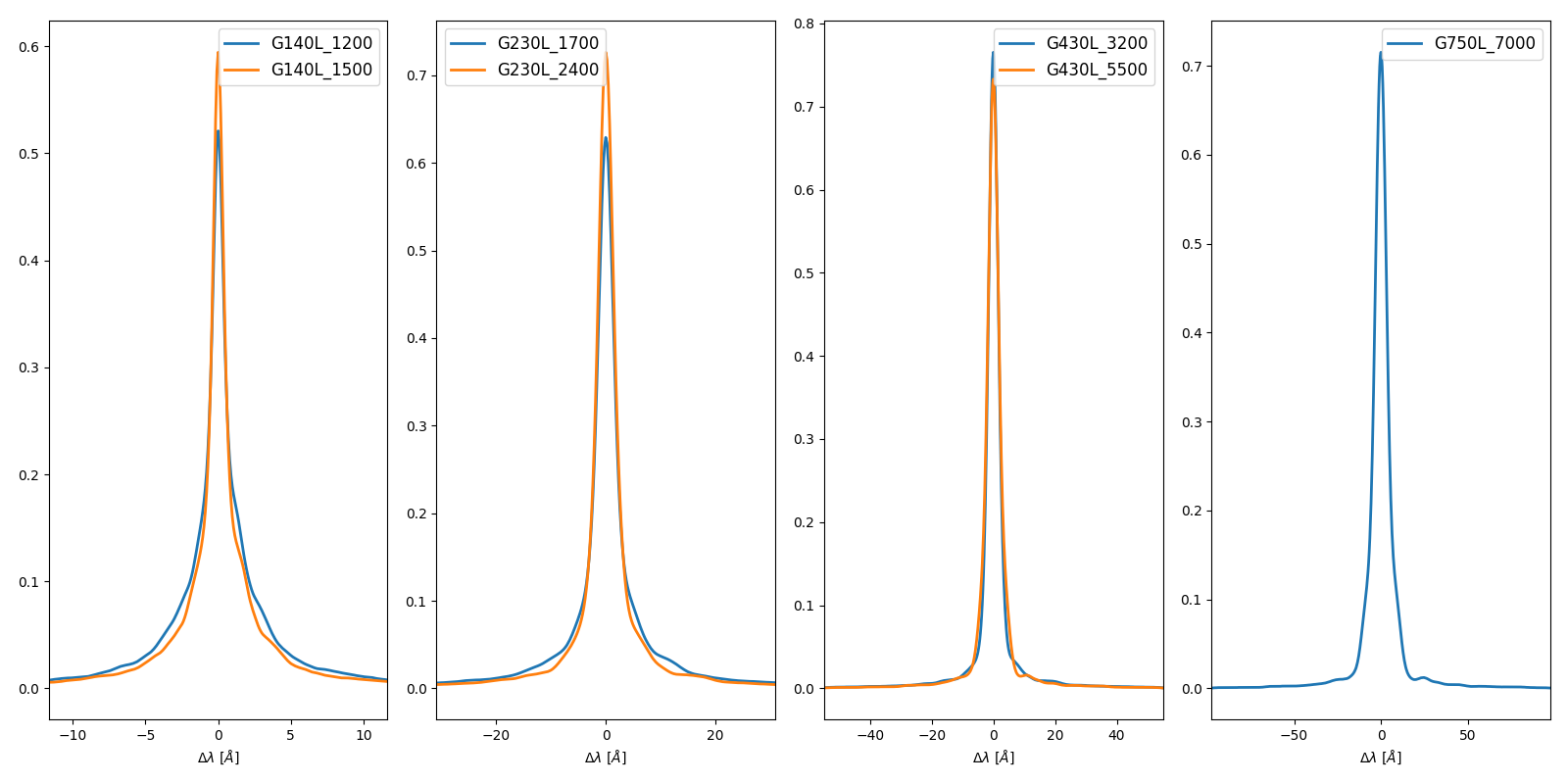Stellar Models as Standards¶
Background¶
The usual method for measuring dust extinction is to use observations of two stars with identical spectral types, one that is reddened and one that is unreddened/lightly reddened. The unreddened/lightly reddened star is termed the standard meaning what a star of that spectral type looks like without foreground dust. The main pro in using observations for the standard is then the resulting extinction measurement only depends on the relative calibration of the instrument used. The main con is that getting a “perfect” match of spectral types is rare and, hence, spectral mismatches impact the accuracy of the resulting extinction measurements.
Alternatively, stellar atmosphere models can be used for the unreddened standard stars. This means that better spectral matching is possible, but with the cost of now being dependent on the instrumental calibration of the reddened star observation. A good reference for using models as standards is Fitzpatrick & Massa (2005).
In summary:
Using observed standards:
pro: sensitive to relative calibration only
pro: empirical matching of stellar physics
con: requires observations of the reddened and unreddened stars
con: spectral mismatch between the two stars
Using stellar models for standards:
pro: better spectral matches
pro: only need to observe the reddened star
con: models are approximate at some level (can be missing lines/physics)
con: dependent on the absolute calibration
Tlusty Stellar Atmosphere Models¶
The Ostar and Bstar grids of Tlusty stellar atmosphere models (Hubeny & Lanz 1995) provide good standards, especially of hot, early type stars often used in extinction studies as they are bright in the ultraviolet.
The measure_extinction package provides code to transform the tlusty
SEDs into the same format as the observed data. In other words, it mocks
the spectroscopy and photometry allowing for models to look like they were
observed. The specific code is utils/make_obsdata_from_model.py.
This code uses the ‘merge_obsspec’ functions to transform the model SEDs
to the observed spectral formats.
The utils/make_all_tlusty_obsdata.py runs on the *.flux.gz tlusty files.
STIS Mocking¶
The HST STIS observations are simulated by convolving the high spectral
resolution model spectra to the STIS resolution using STIS line-spread-fuctions (LSFs)
retrieved from
STScI.
These line-spread functions are provided at specific wavelengths and are linearly
interpolated/extrapolated for other wavelengths (see utils/mock_spectra_data.py
for details.)
STIS LSFs (52x2 slit):

Example of mocked STIS observations for all four low-resolution grating settings:
